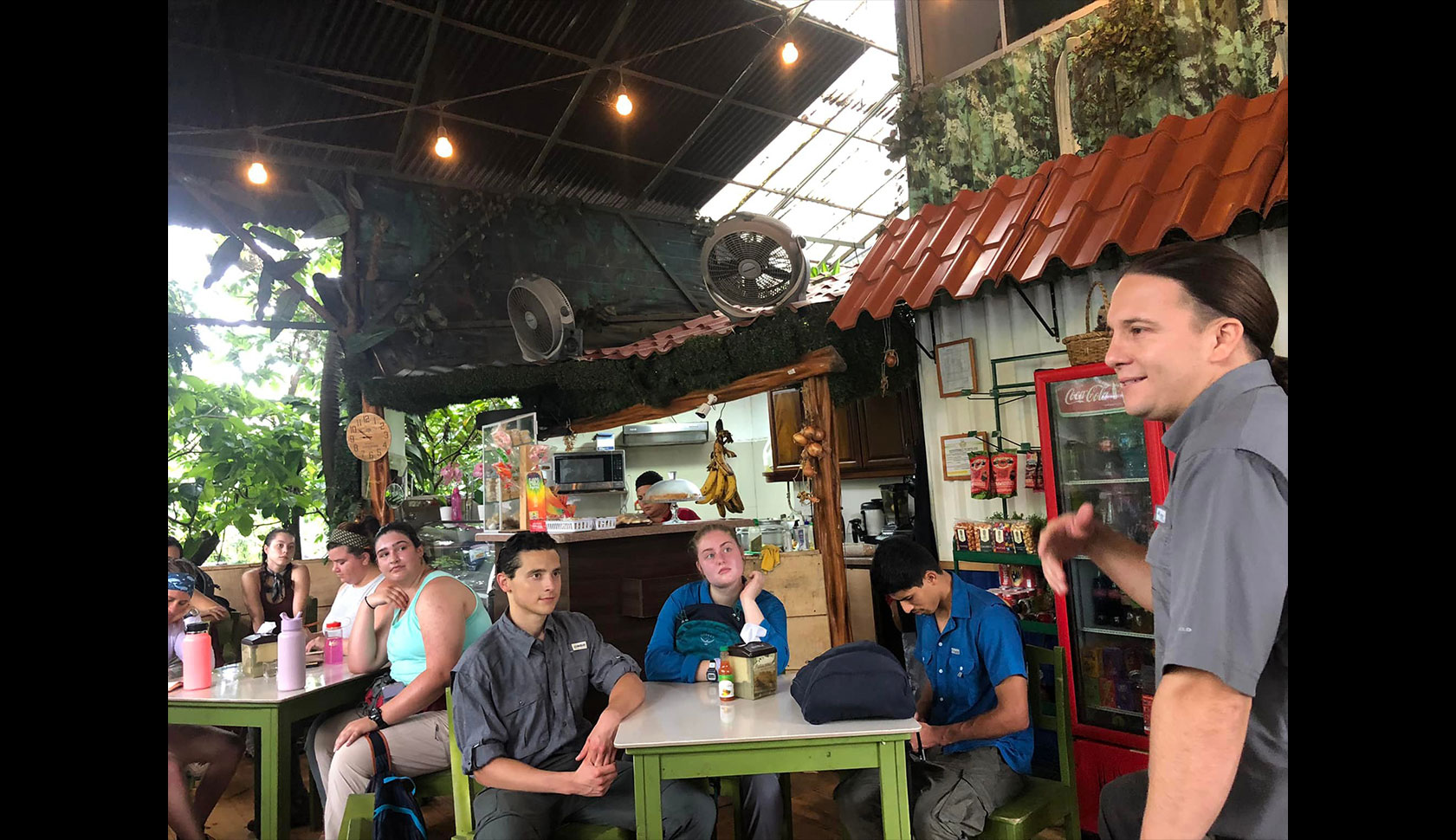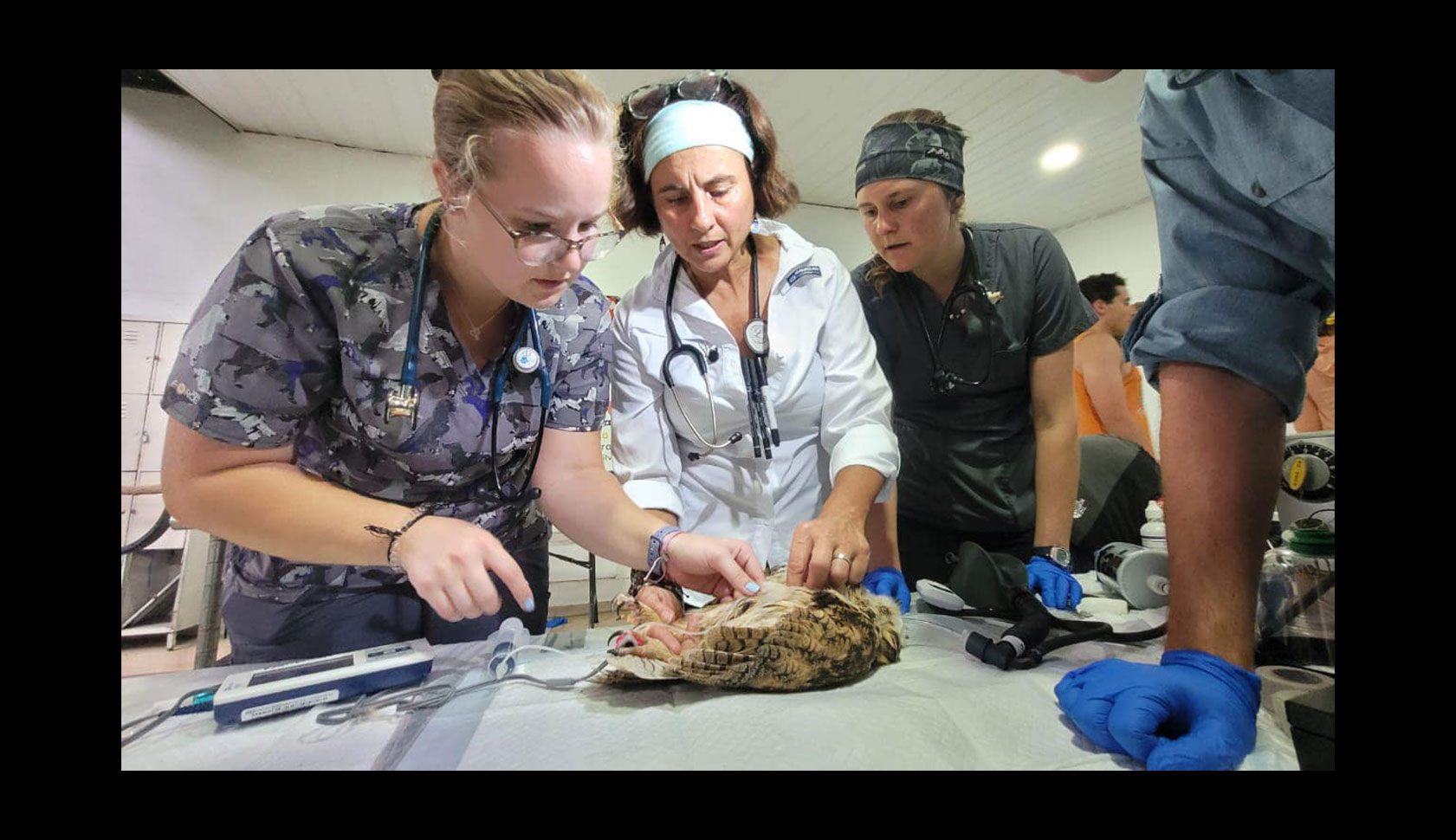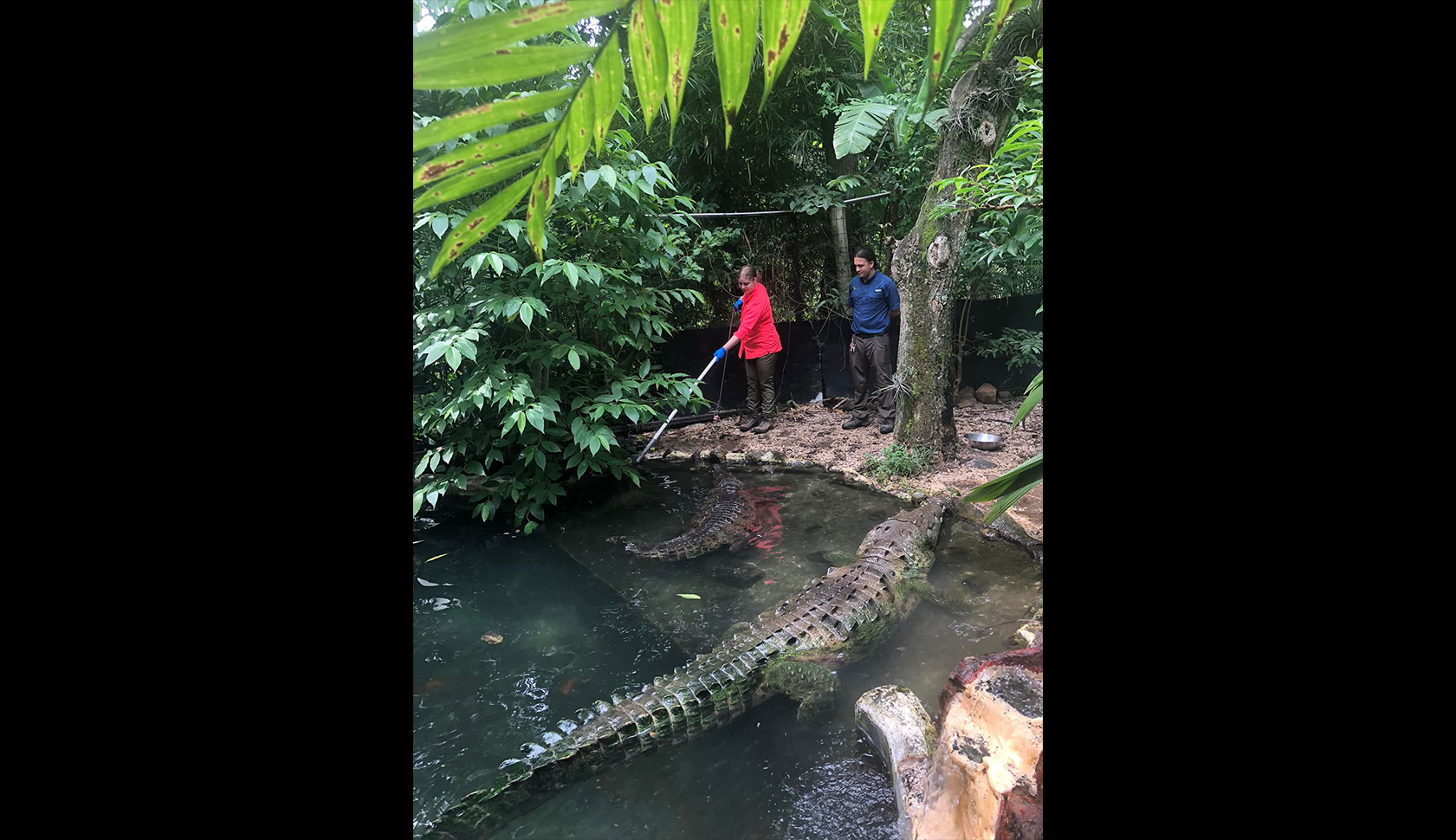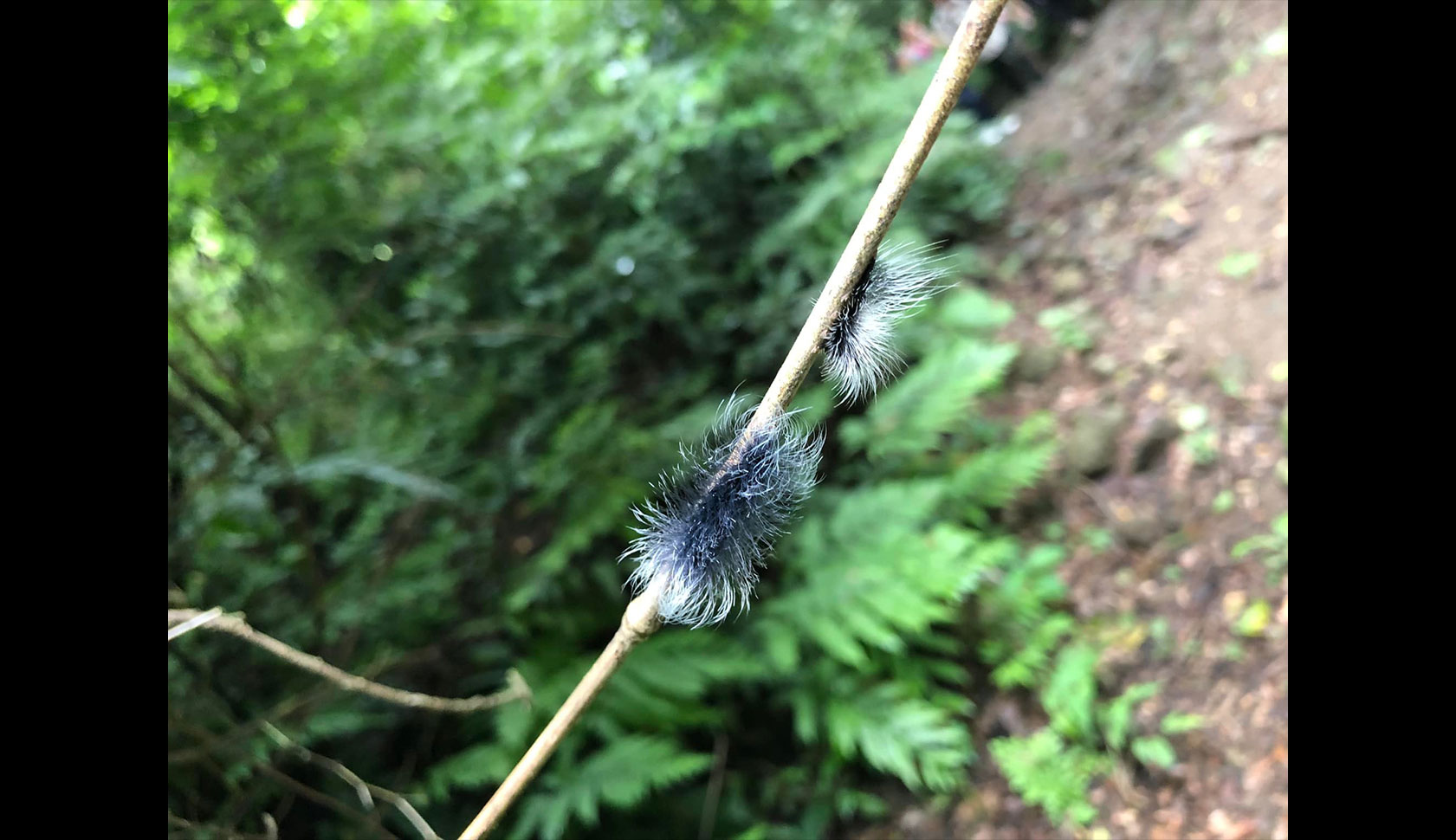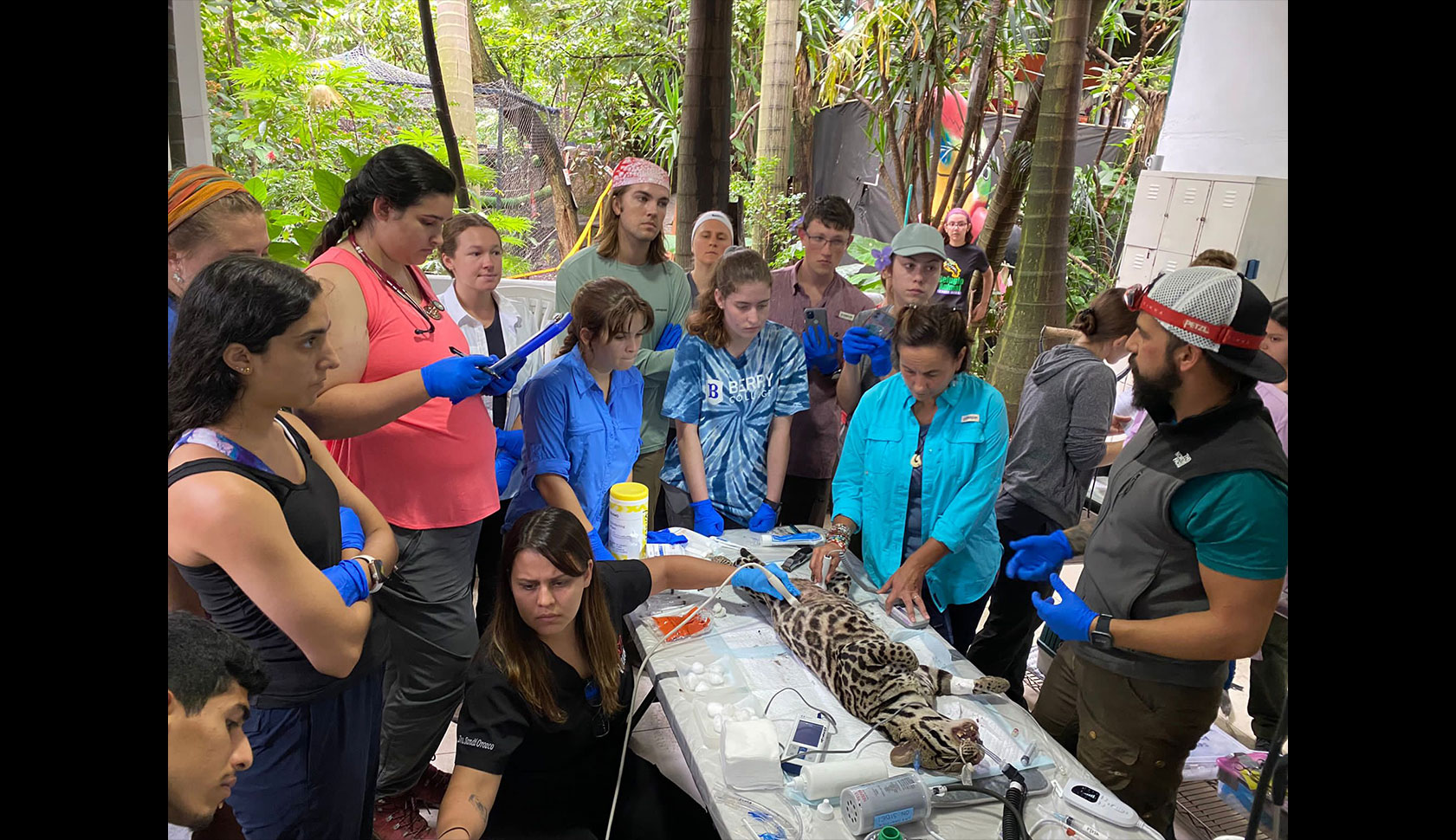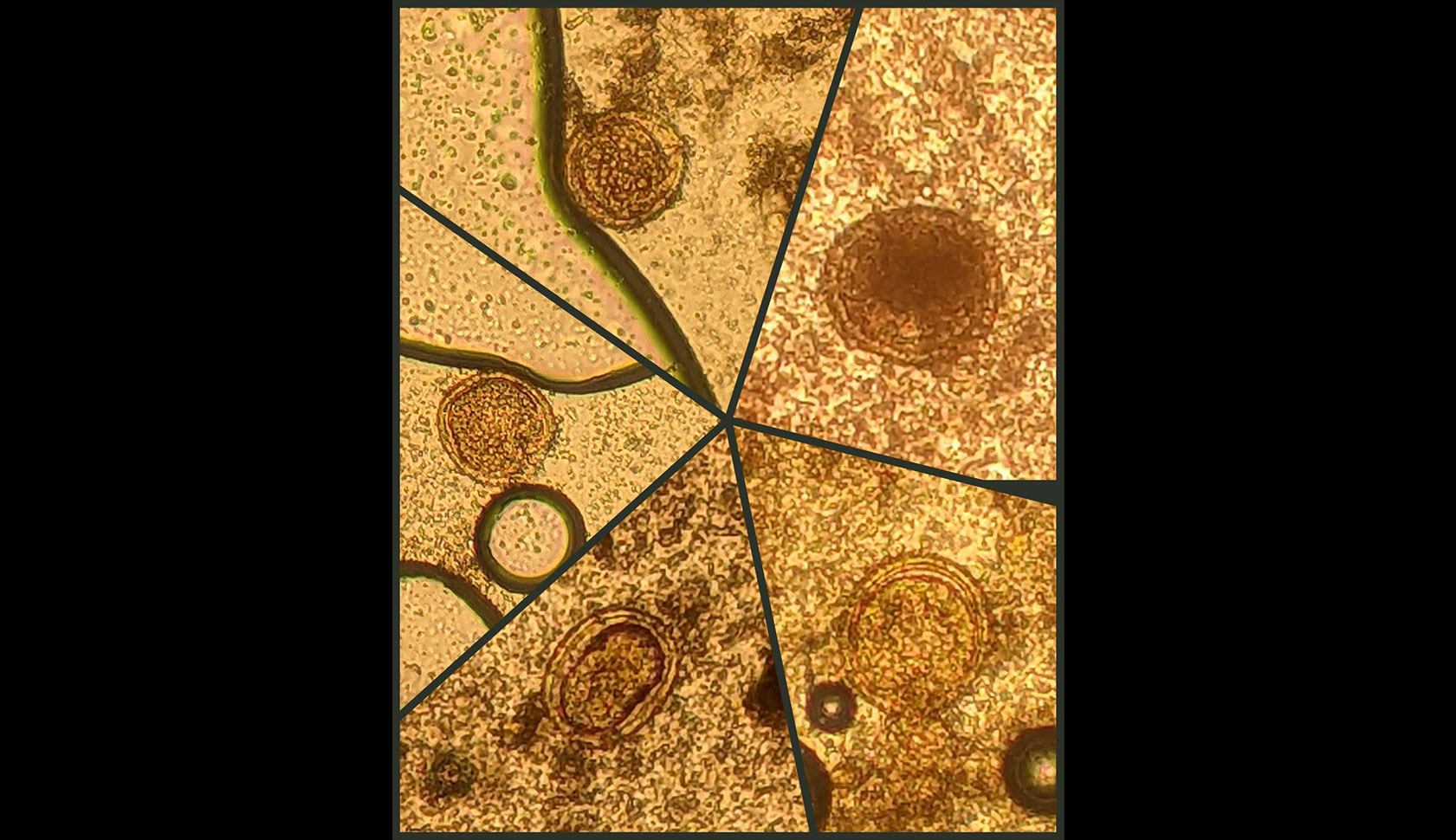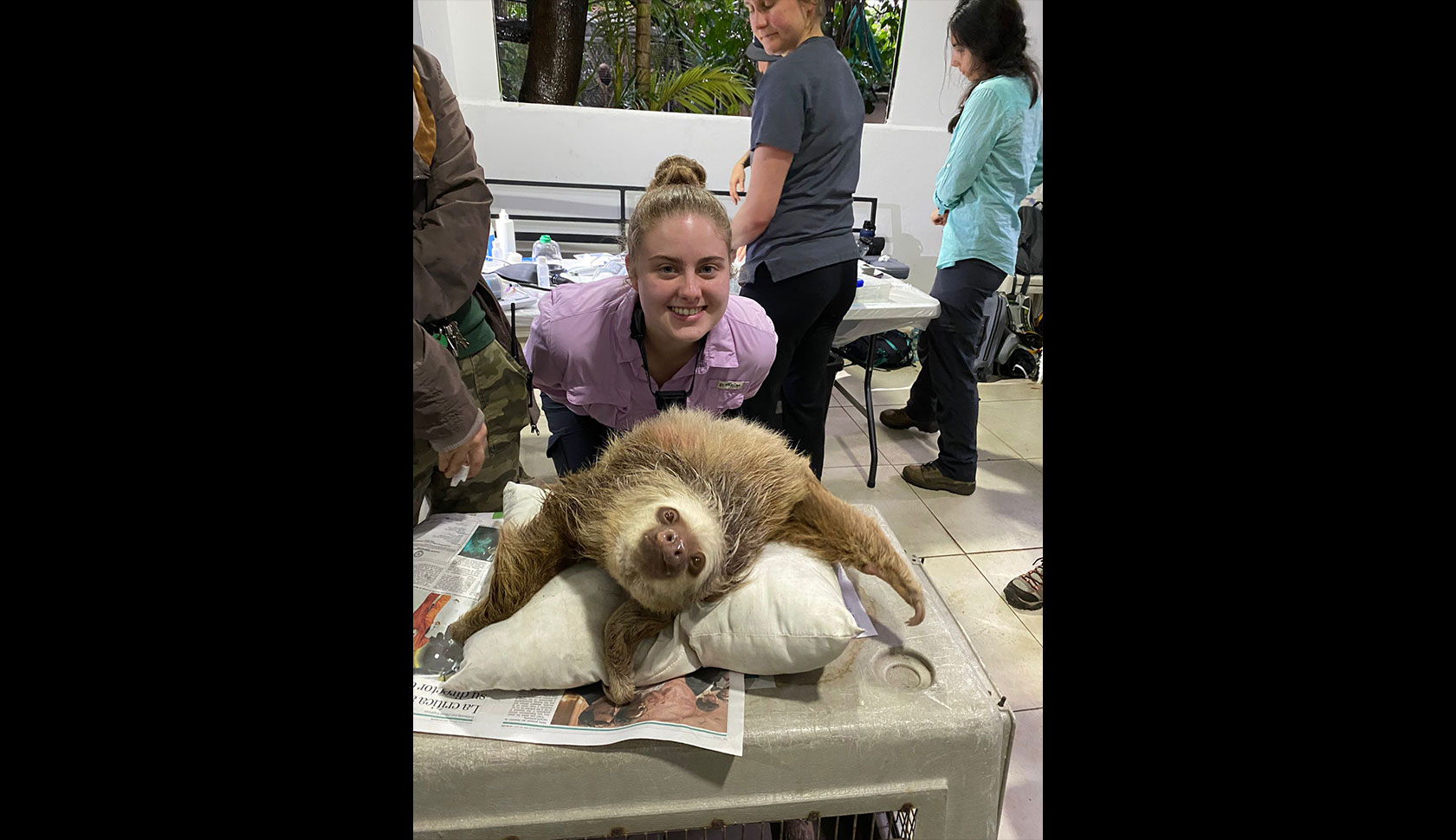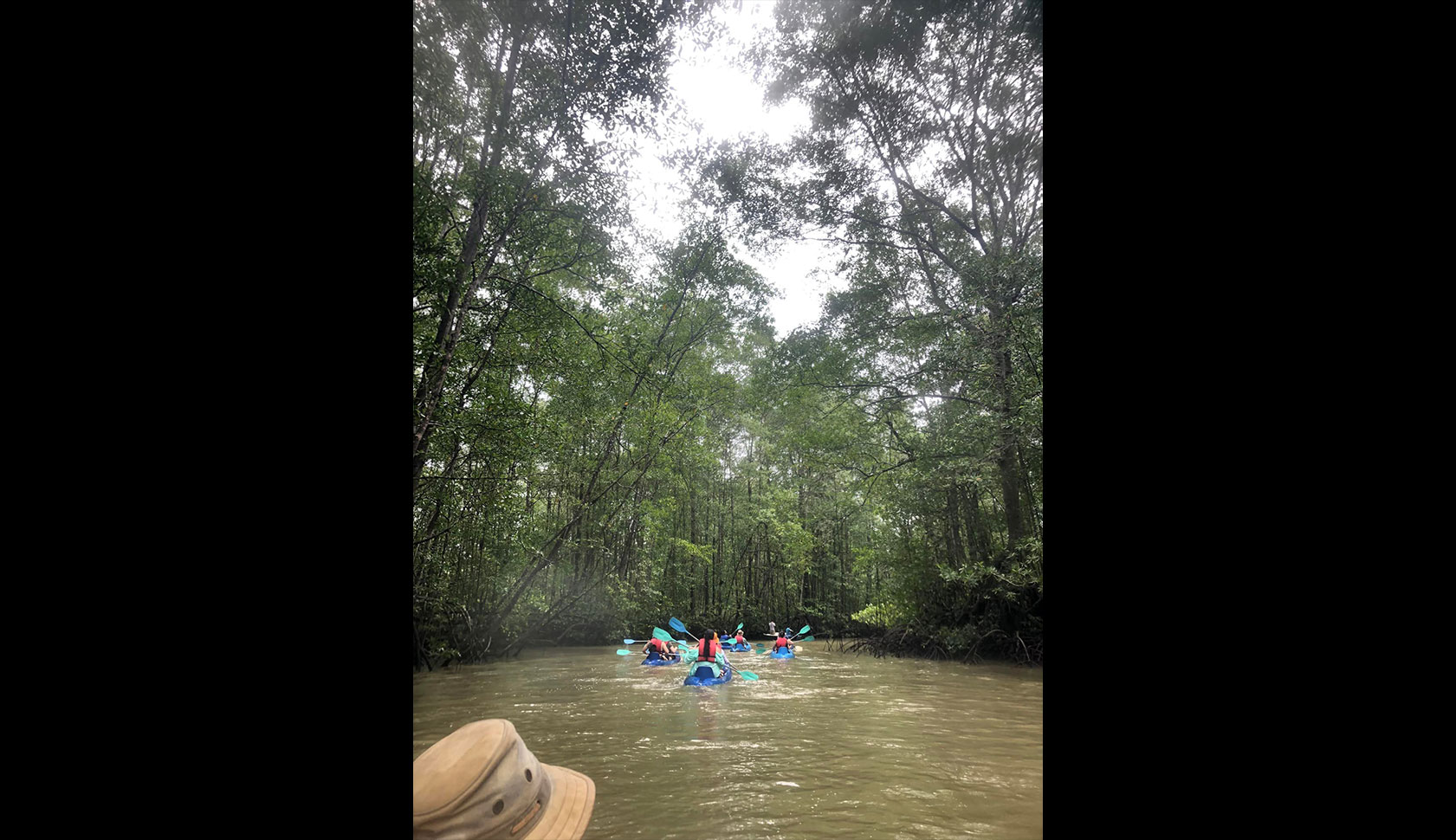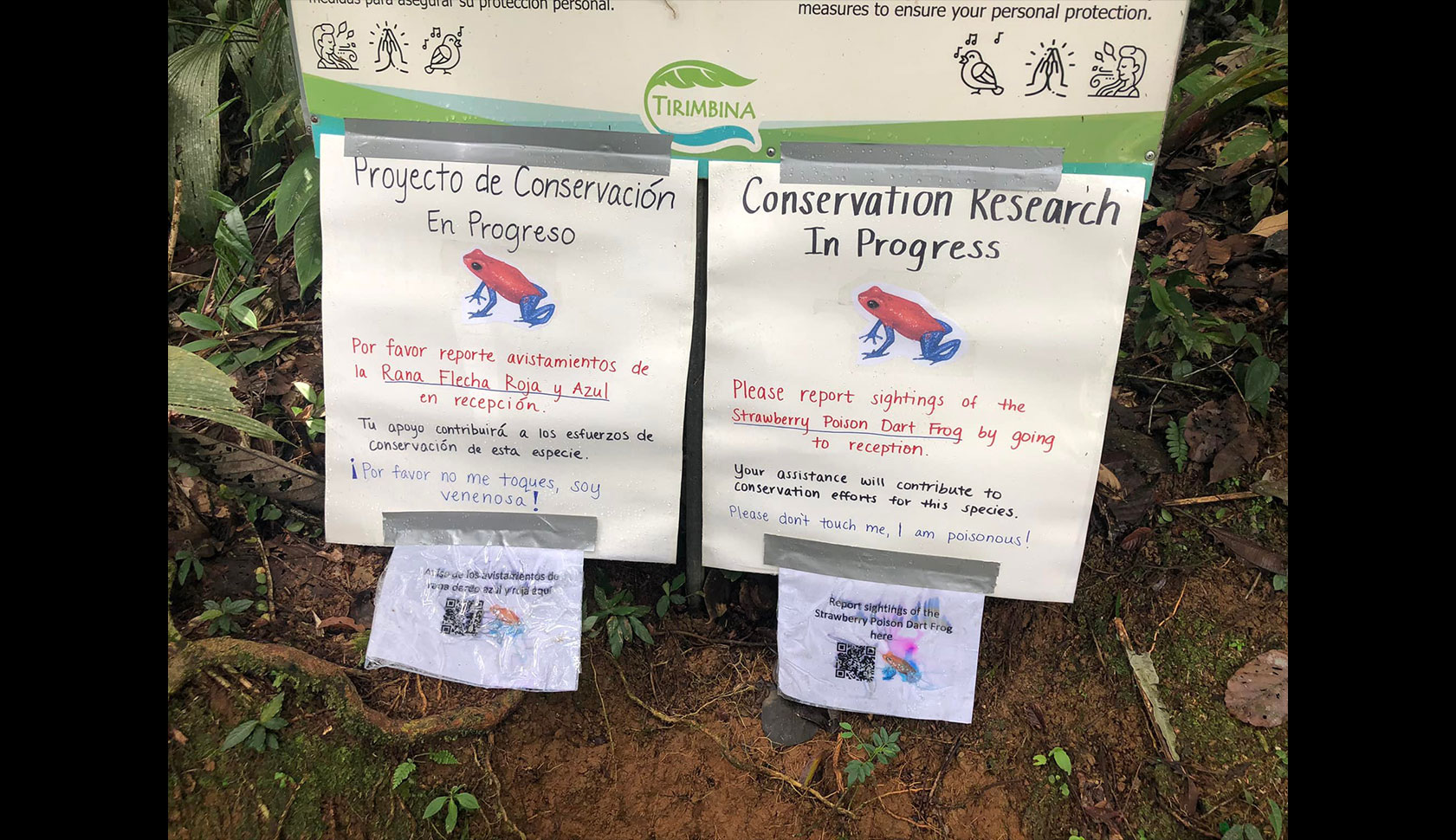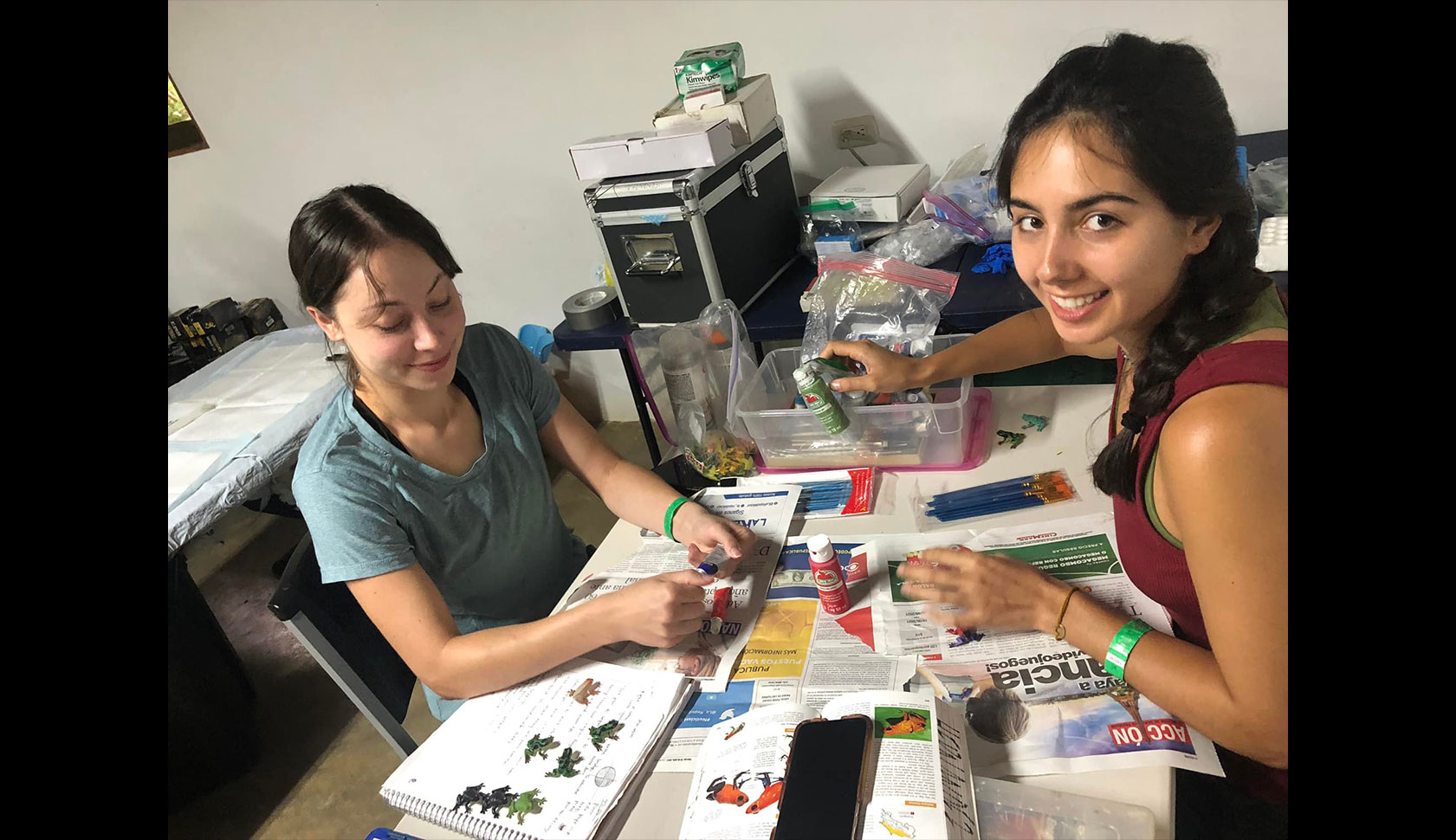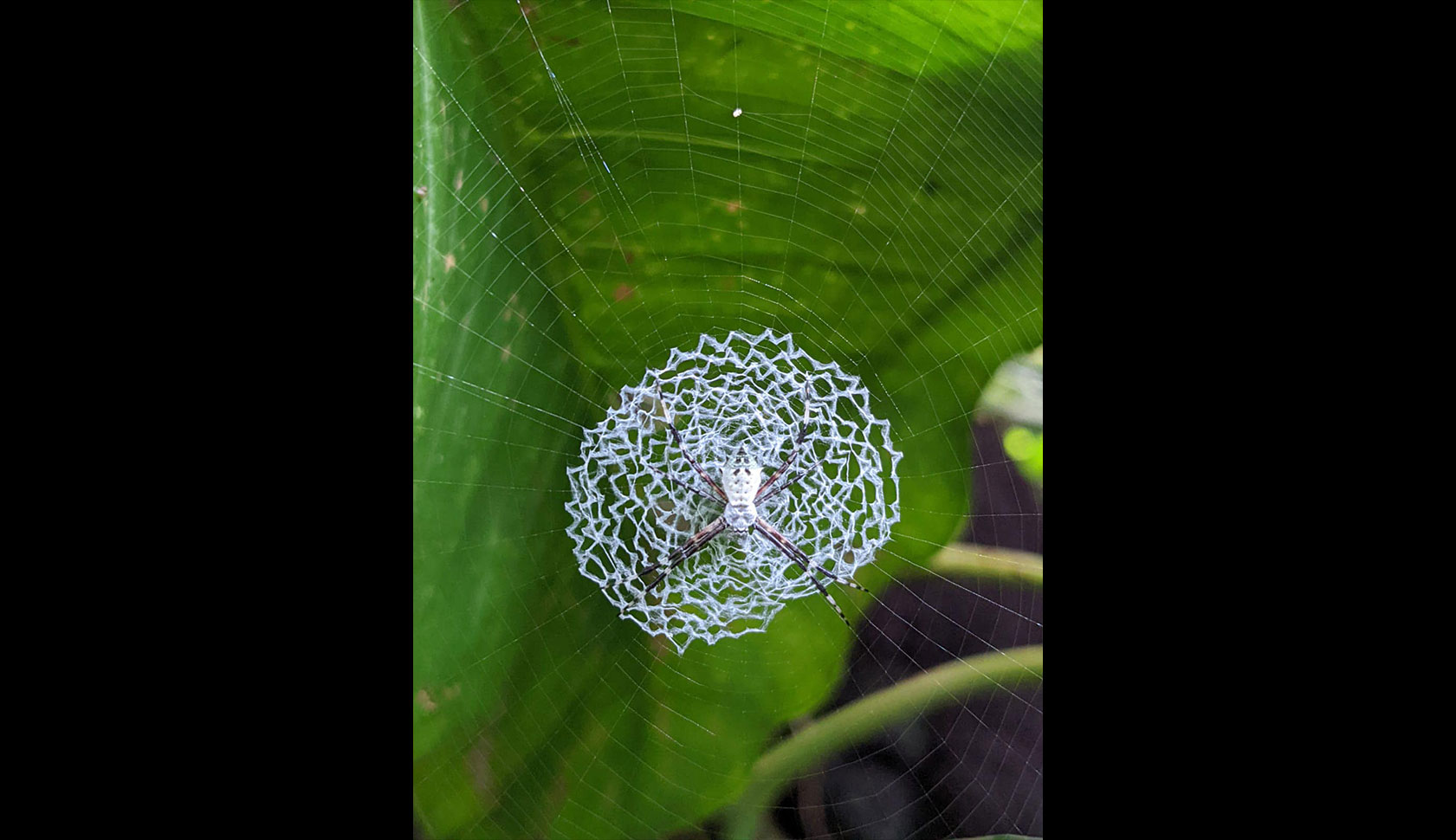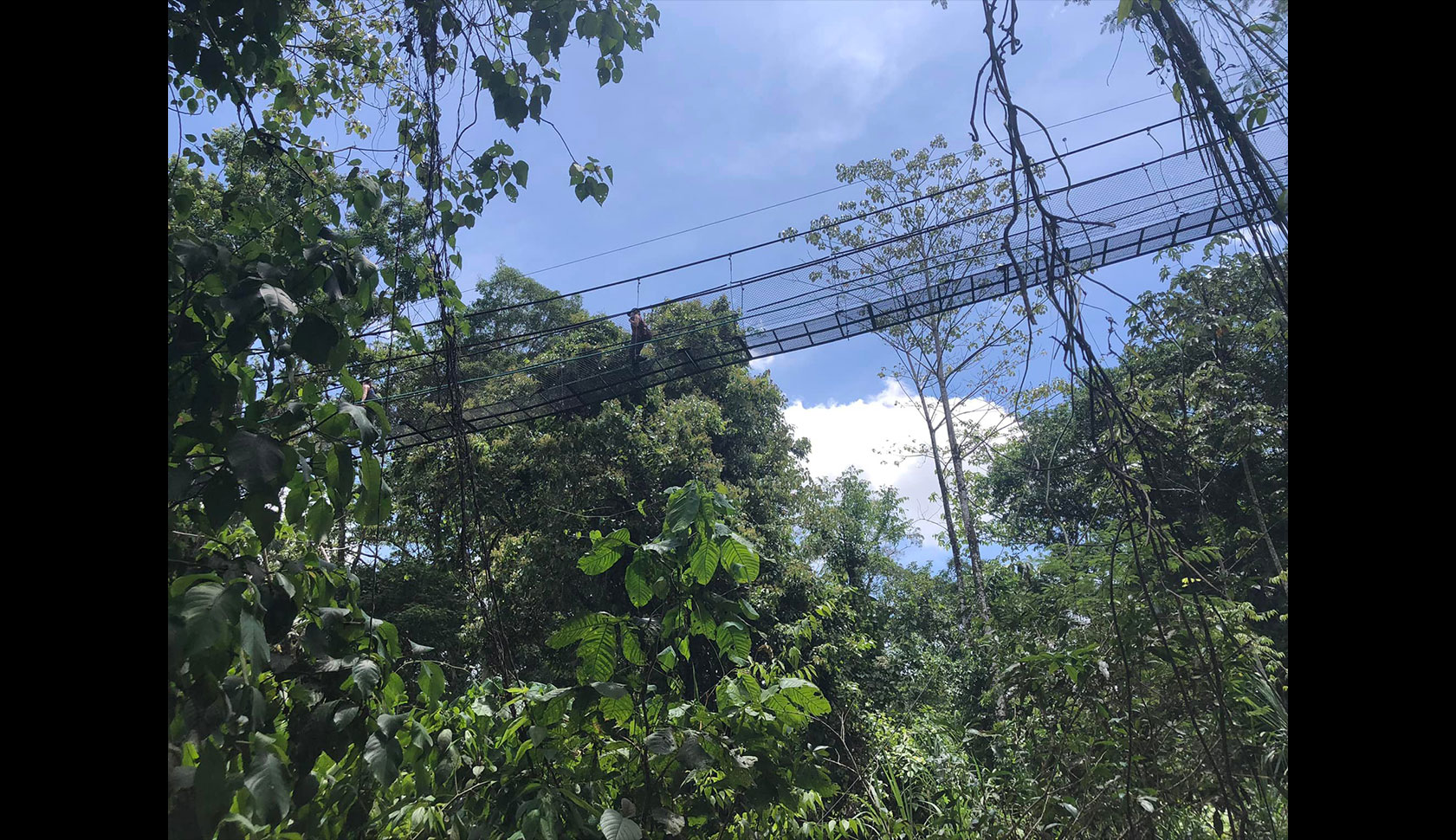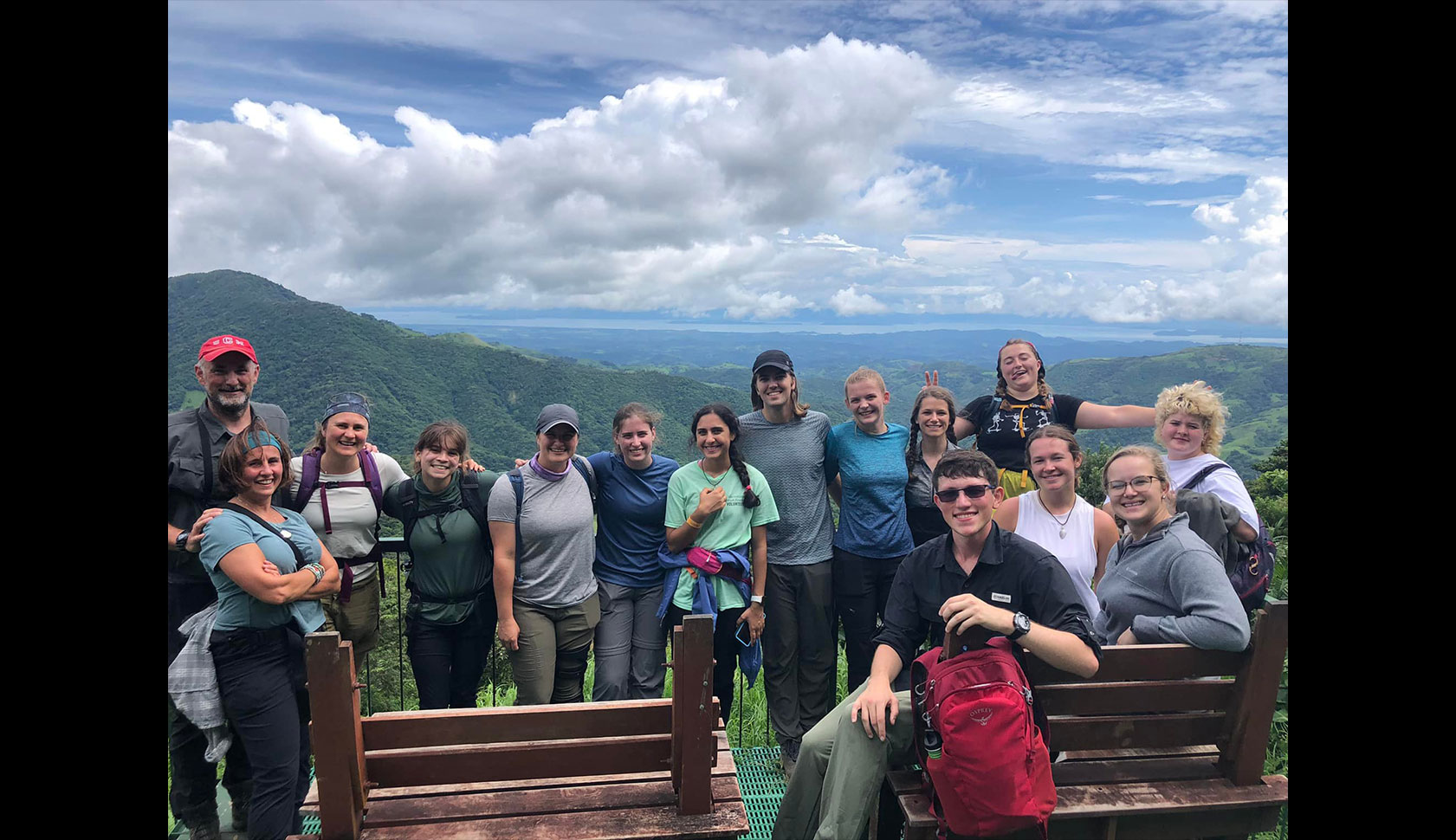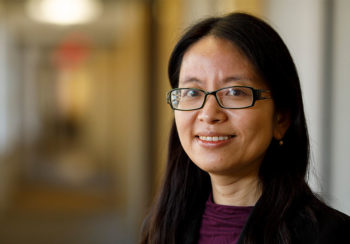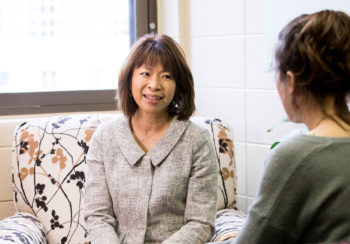Costa Rica, while comprising just 0.03% of the planet’s land surface, is home to more than 500,000 species, making it one of the 20 countries with the greatest biodiversity in the world.
For nearly 20 years, Sonia Hernandez has been taking groups of UGA students down to the Central American country as part of her course “Conservation Medicine/Conservation Biology.” Including students from both the Warnell School of Forestry and Natural Resources and the College of Veterinary Medicine, the trip gives them a tropical, in-country opportunity to learn about the connected health of ecosystems—land, fauna and flora.
“The intent is to provide them with an understanding of One Health, the fact that environmental health impacts the health of animals and people,” said Hernandez, a professor with appointments in both Warnell and CVM. “What does it mean for that environment to be healthy? What kinds of things are humans doing to make environments not healthy, and how does that trickle down?”
Hernandez said Costa Rica serves as a case study for environmental and One Health-related problems that occur all over the world, particularly in tropical areas. The students are a diverse mix of undergraduates and graduate students, representing multiple majors and multiple univesrities, not just UGA. All of them engage in hands-on research experiences. Each selects a certain species of wildlife to research, and when the group encounters that species in the field, one lucky student gets to deliver an impromptu presentation.
Students also get direct instruction in clinical research and methods, including how to safely handle, anesthetize and take samples from wild animals such as birds, snakes, sloths, ocelots and other species native to Costa Rica. And, of course, they work directly with Costa Rican veterinarians, ecologists and other professionals, with whom Hernandez has built strong relationships over the time she’s been leading the course.
“If you’re going to work in conservation,” she said, “you’re going to be working in teams of people who are not going to be like you, who come from different backgrounds. You have to learn to communicate with those people, and that means understanding the culture they come from.
“It’s important for students to understand that all conservation problems nowadays begin and end with people. You can’t solve any conservation problems simply by saying, ‘We’re going to put a fence around this area and make it a park.’ You have to get the communities involved.”
All photos in this essay were taken by participants in the summer 2022 CMCB trip.



